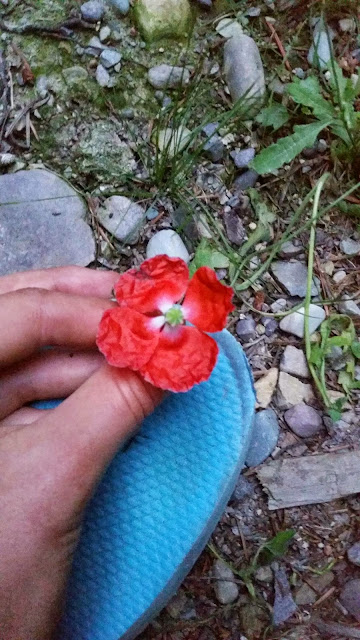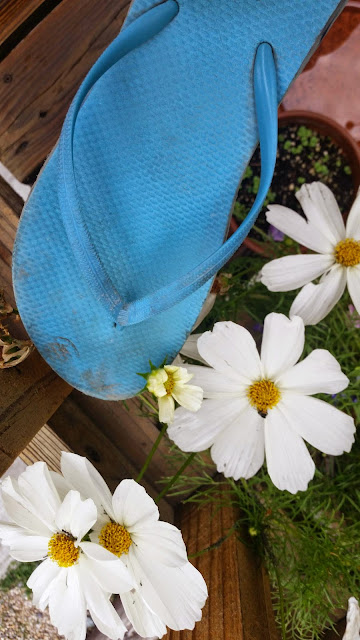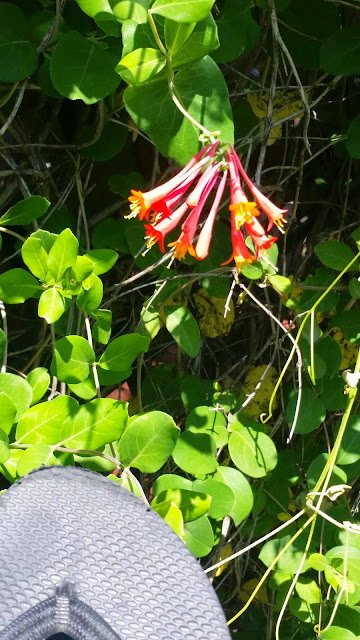Part 1
The hot zone is a different book that makes you think about what is really happening in the world that few know about, or at least care to know about, that could possibly take out the human race. Especially with the outbreak that occurred with in Liberia and how they are cutting off contact with the world because of Ebola, it's important to take note of the true story it has so we can formulate ideas to cure it, whether that's tomorrow or in 5 years where, like Gene Johnson said, it wipes out 90% of the population. I am curious as to what else will happen, whether they will find out what causes it or something of the sort. I am also curious why the news is saying that Ebola cannot travel through air when Nancy Jaax saw that it did. Ebola is pretty terrifying and can spread across the world in less than 24 hours. Are there any other viruses that are like Ebola in how it acts as an attacking predator rather than a slow working virus like AIDS that could cause an outbreak also? How are they testing the people to see if they have Ebola? Is it possible to be asymptomatic?
Part 2
The monkey house was an interesting part. The whole monkey trade and how they are transported must have changed since the 80's because the spread of diseases in those houses is crazy. There is an enormous amount of people who could be affected and important people who could be affected by Ebola. Precautions need to be in place and strictly enforced. The fact that someone could get a small cut and be in contact with a monkeys blood that may or may not be infected with Ebola needs to be recognized, not when there's just been an outbreak and not when one thinks the monkey has something that isn't contagious to humans, but all the time. Are there precautions in place? Do the people who are examining these tests from the monkey houses know what ebola looks like and the difference between Ebola and Simian hemorrhagic fever?
Part 3
The inescapable fact that Zaire and Reston are so incredibly similar is one to take note of. If Reston were to adapt to humans or if Zaire went airborne, 90% of the human race would be wiped out. The outbreak that is happening now where they brought those people is because of the lack of resources that are available in these countries that could contain the virus better.
Part 4
I am glad that the author went and experienced Kitum Cave for himself to tell us how he saw all the things that could have caused the outbreaks that he had heard of before. I learned that hakuna simba means no lions and thought it was cool that hakuna means no and simba means lion. It's also interesting that bleach is so powerful that it can kill Marburg and we use it on our clothes. The fact that elephants can create these massive caves is incredible. The Tartarian honey suckle that grew in a place where there was no life at all makes you wonder what will happen to the world if something like a massive Ebola outbreak does occur. Overall, The Hot Zone impacted the way I think of life and how we should live our lives as if a enormous outbreak comes to be and changes the world completely.














































